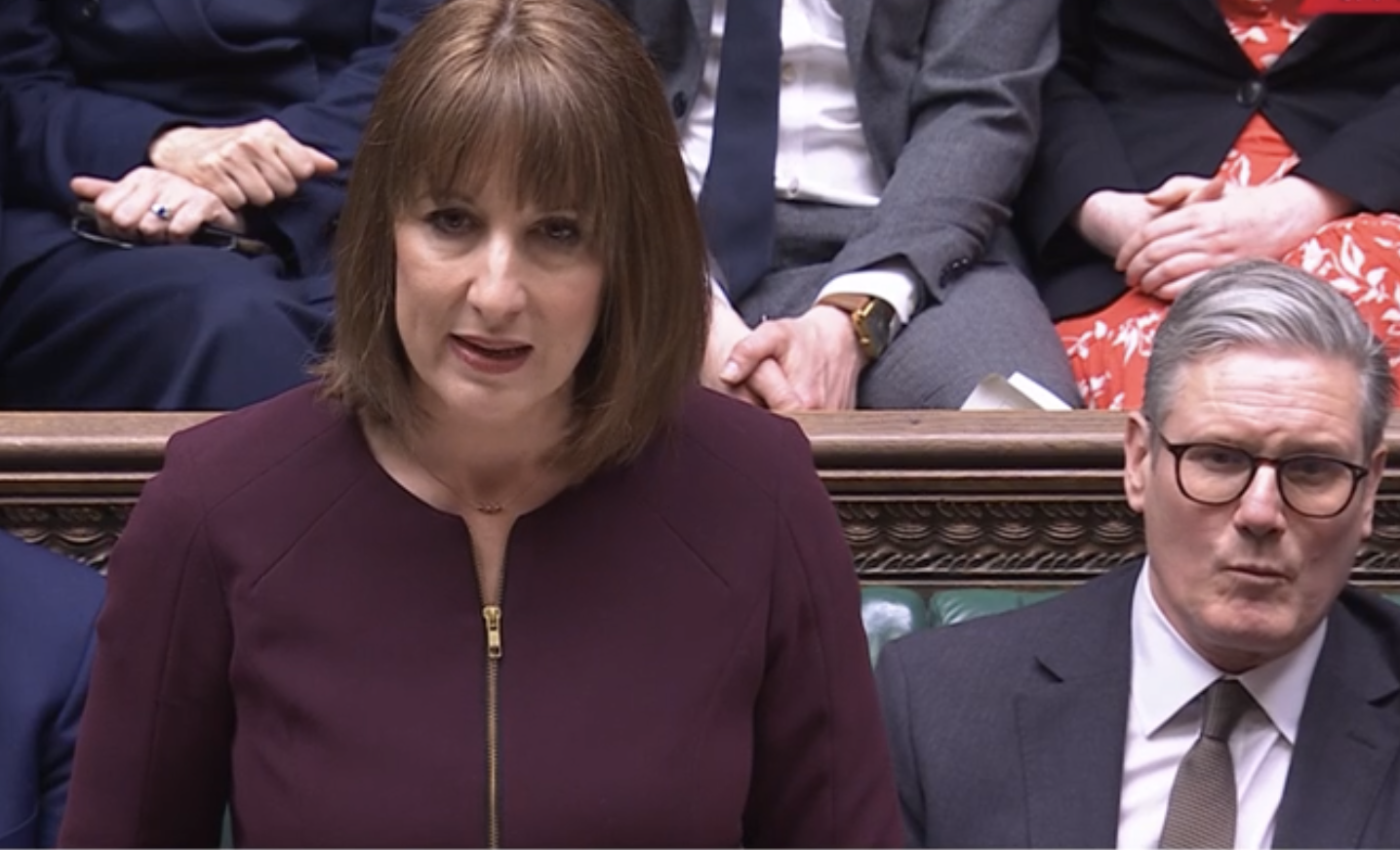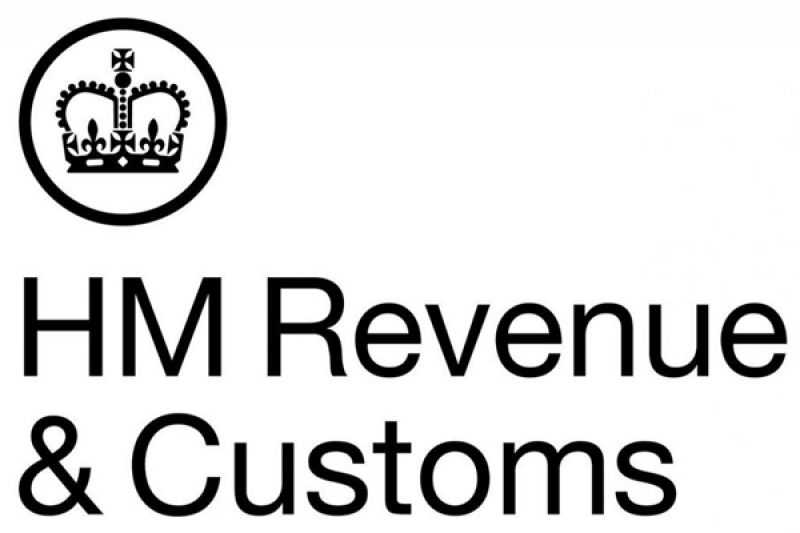Thirteen years since the Liberal Democrats first proposed a Mansion Tax on properties over £2 million, the Treasury is reportedly considering the same plan.
Even the proposed threshold is identical, which tells you everything you need to know about house price inflation since 2012. Average values in prime central London have fallen by 8% over the period.
Ironically, it was the original Mansion Tax plan that helped deflate the market. It was never introduced but prompted Tory chancellor George Osborne to increase stamp duty for high-value properties in December 2014, and demand in prime markets has never fully recovered.
It’s a reminder of how property taxes often come with unintended consequences. If you tax so-called mansions, you will end up with fewer of them.
Just over 150,000 properties in England and Wales would fall into the bracket today, according to Knight Frank calculations. The Mansion Tax rumour is the latest in a series of ideas circulating ahead of the Budget on 26 November as the Chancellor attempts to plug a £30bn fiscal hole.
The list of areas that would be most impacted is predictable and would inevitably lead to accusations of the levy being a tax on London, as the table shows.
| Local Authority | % of properties above £2m |
| Kensington and Chelsea | 18.5% |
| Westminster | 12.3% |
| Elmbridge | 7.5% |
| Richmond upon Thames | 7.2% |
| Camden | 6.9% |
| Hammersmith and Fulham | 4.5% |
| Merton | 3.6% |
| Waverley | 3.3% |
| Wandsworth | 2.9% |
| Sevenoaks | 2.9% |
| Windsor and Maidenhead | 2.8% |
| City of London | 2.5% |
| Barnet | 2.4% |
| Three Rivers | 2.3% |
| Guildford | 2.3% |
| St Albans | 2.2% |
| Islington | 2.2% |
| Cotswold | 2.0% |
| Haringey | 2.0% |
| Runnymede | 2.0% |
Source: Land Registry and Knight Frank Research
Based on the percentage of affected properties in K&C and Westminster, the equivalent Mansion Tax threshold in the West Midlands would be £408,000. In north-east England, the figure would be £288,000, in Wales it would be £367,000 and for London as a whole, it would be £829,000.
It suggests the term ‘mansion’ is misleading, not that the government won’t be quietly pleased with the recent headlines. They can only help pacify its backbenchers and stem rising support for the Green Party.
Accelerate downsizing
Arguments made in 2012 that some long-term homeowners would be unable to pay the tax remain valid. It would catch out pensioners whose house has appreciated in value while their income has gone in the opposite direction.
This, in turn, could lead to more downsizing. It may result in a more efficient use of the country’s housing stock, but assumes owners are ready or willing to leave a neighbourhood they may have lived in for decades.
One positive interpretation of the latest speculation is that the Treasury may be moving away from the idea of capital gains tax (CGT) on higher-value main homes. During the back and forth that is currently taking place between the Office for Budget Responsibility and Number 11, someone must have pointed out that the CGT plan could raise far less than expected.
Targeting a transaction-based tax at the one section of the property market who are most able to sit on their hands is a high-risk strategy.
Ultimately, any decision will depend on how backed into a financial corner Rachel Reeves is and how prepared she is to break manifesto commitments not to raise income tax, VAT or National Insurance – as we have discussed on previous Housing Unpacked podcasts.
Prices slide
Thanks to the Budget speculation, average prices in prime central London (PCL) fell 4% in the year to October, which was the steepest decline since February 2021, Knight Frank data shows.
Values were last higher in October 2011, meaning there would be no capital gains to tax on properties bought since then anyway.
Average prices fell by 0.1% over the last year in prime outer London. It would be wrong to entirely blame the Budget, but the prolonged tax speculation hasn’t helped. Downwards pressure on prices has also been intensifying since the start of the year due to higher levels of supply.
Whether the price slide in prime London markets continues into next year and the number of ‘mansions’ shrinks further depends on whether the government chooses to repeat history or learn from it.
Lettings – Demand Up, Supply Down: Prime London Rents Rise Ahead of the Budget
The Renter’s Rights Bill became an Act last week after it gained Royal Assent, but little has changed except the name.
Landlords face the same uncertainties around rent increases, repossession rules and what happens if they try to sell. The new unknown is when the reforms will take effect, with the National Residential Landlords Association calling for a minimum lead time of six months.
In prime London markets, rents continue to edge higher as more landlords explore a sale and supply continues to drop. The number of new rental listings in prime central and outer London in Q3 2025 was 8% below the five-year average, Rightmove data shows.
Average rents in prime central London rose 1.9% in the year to October, which was the biggest increase since August 2024. In prime outer London, the increase was 2%.
As property values continue to fall ahead of the Budget on 26 November, one positive result for landlords is that rental yields are rising.
In prime central London, average gross yields were 4.5% in October, which is the highest level they have been since June 2006.
Property taxes have been the subject of intense speculation ahead of this month’s Budget as Chancellor Rachel Reeves attempts to plug a £30bn back hole to meet her own fiscal rules.
One proposal floated in the media is to charge National Insurance on rental income. The idea aligns with suggestions made by Torsten Bell when he was head of the Resolution think tank. He is now an MP and a key architect of the Budget.
The risk for the government is that such a move proves to be inflationary, as more landlords decide to sell or pass on the cost to tenants.
Meanwhile, tenant demand remains robust, which will keep upwards pressure on rents. The number of new prospective tenants registering in London in September was 10% higher than the same month last year, Knight Frank data shows.
Demand has been supported by the pre-Budget uncertainty, said David Mumby, head of prime central London lettings at Knight Frank.
“Speculation about a host of possible tax rises in the Budget is drowning out any noise around the Renter’s Rights Act for landlords,” he said. “For tenants, the gloomier things feel, the more they prioritise liquidity and cash in the bank and that is supporting strong demand in the lettings market.”
Tom Bill is head of UK residential research at Knight Frank








